There's an old saying, When in Rome, do as the Romans do. It applies the same here. But it more like when in Surabaya, eat as the Surabayans eat. When it comes to food culture in Surabaya, You can select quite various delicacy. You can have a Local breakfast, Chinese lunch, and Western dinner in a day. Food culture in Surabaya quite challenging, you may not have the same food for each day in a month, new food almost everyday. From street food to fancy dining, local food to Arabian food are here. Since early 2016, street-food vendors in Surabaya has been accommodated to a dedicated place called Sentra Wisata Kuliner (SWK). Don’t worry about the hygiene, it is guaranteed by the Health Department.
Here the list of local food that worth-trying:
Rujak Cingur
Rujak cingur is one of many versions of Indonesian rujak, a fruit salad which consists of different tropical fruits, usually served with a spicy and sweet dressing. Rujak cingur is a unique variety, because apart from fruits, it also incorporates vegetables and a rare ingredient – animal muzzle. Some vendors worth trying: Rujak Cingur Ahmad Jaiz, Rujak cingur Genteng Durasim
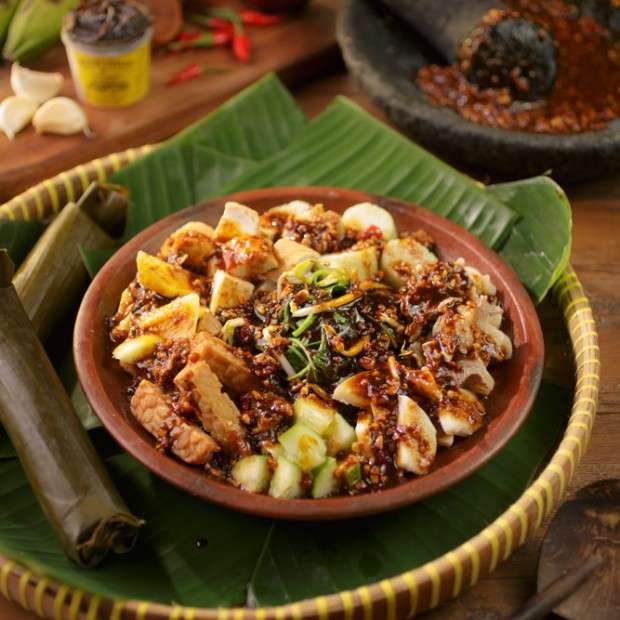
Lontong Balap
Lontong Balap is one of traditional meal from Surabaya. According to its name consist of slices of lontong (compressed rice), added with bean sprouts soup, fried tahu (fried tofu), lentho, sweet soy sauce, and sambal petis. Some vendor worth-trying: Lontong balap pak Gendut, Lontong balap Rajawali
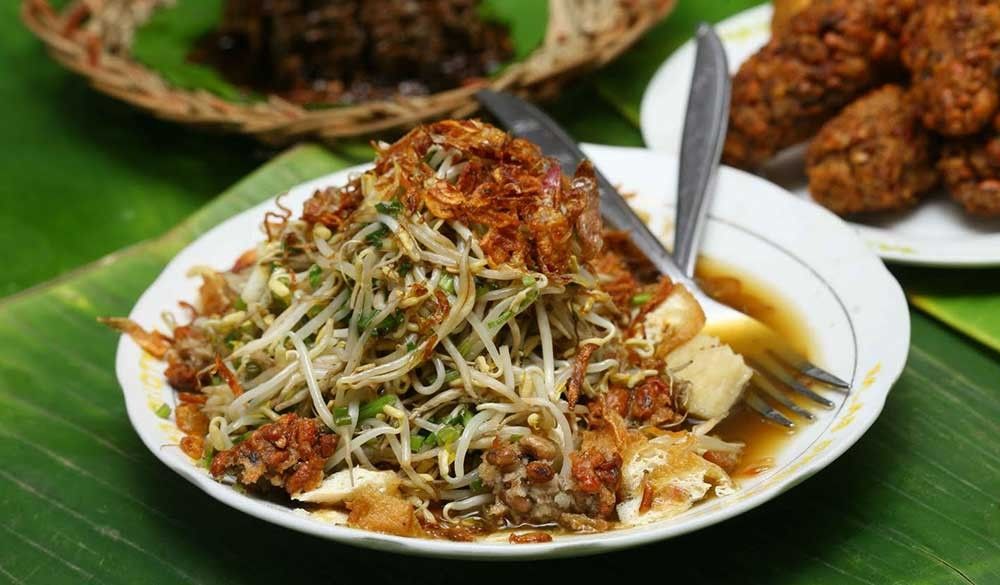
Rawon
Rawon is a unique Indonesian dish with origins in East Java. This flavourful soup is usually made with slow-braised beef and other traditional Indonesian ingredients such as lime leaves, lemongrass, ginger, and chili. However, the key element is buah kluwek, the Indonesian black nut. Some restaurant worth trying: Rawon Pak Pangat, Rawon Setan, Rawon Kalkulator
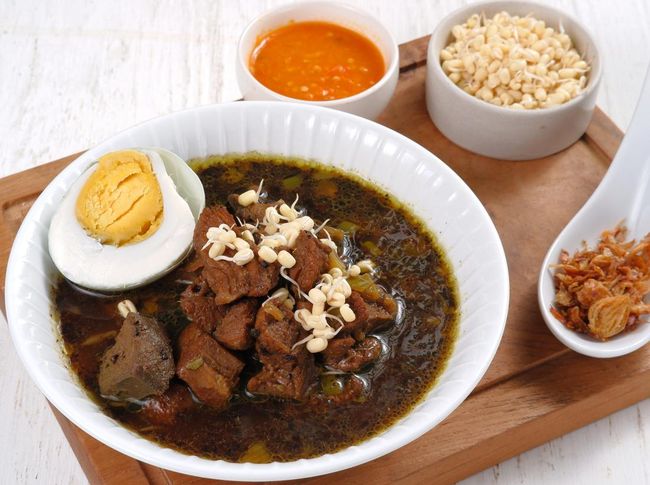
Sate Klopo
Sate is a popular and versatile Indonesian dish. It consists of skewered meat served with a sauce. All types of meat can be used to make satay, even some of the exotic varieties such as crocodile or snake meat, but the essential thing is to marinate the meat before grilling. In sate klopo, the meat used usually beef and chicken coated in shredded coconut. The legendary vendor of this delicacy goes to Sate Klopo Ondomohen Bu Asih.
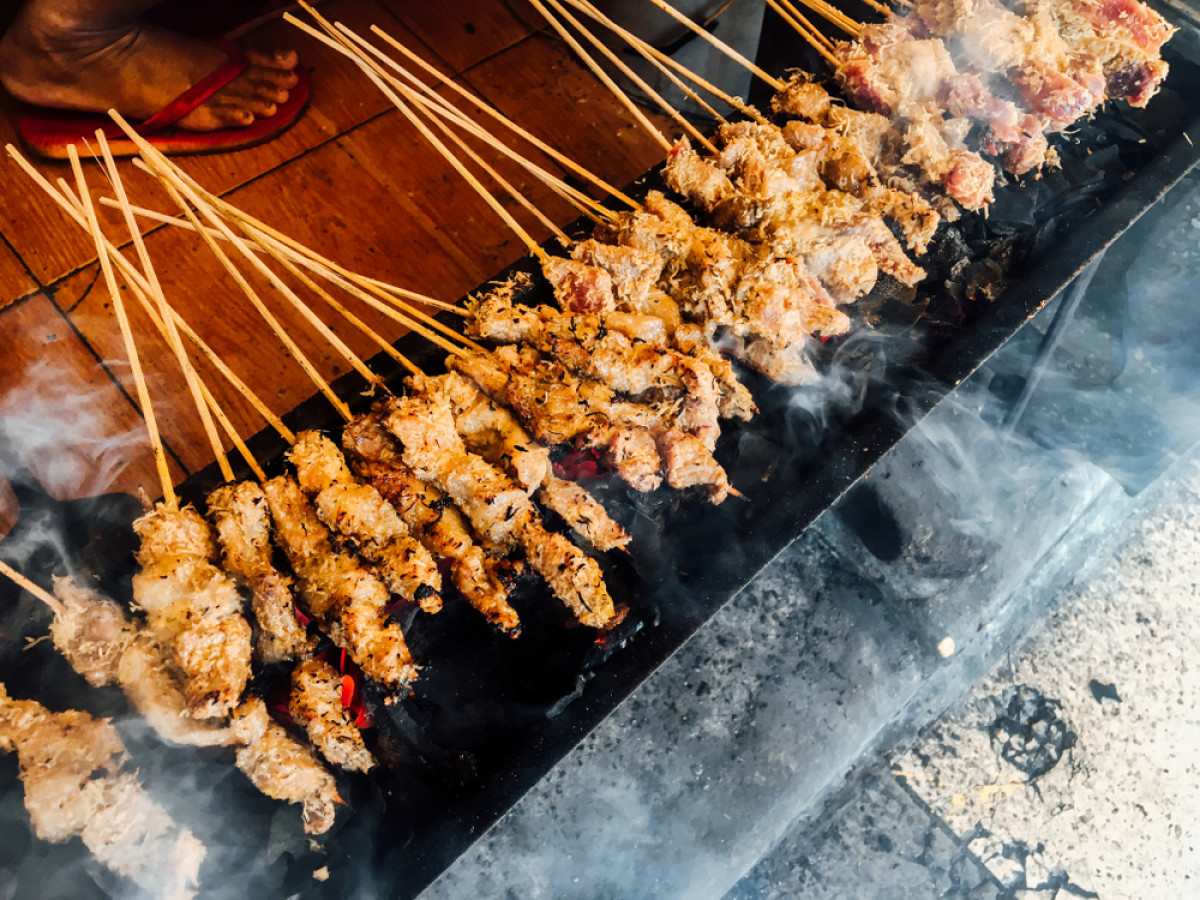
Sego Sambel
Sego sambel literally translated as Sambal and Rice. Sambal is popular Indonesian chili paste. Usually sego sambel is served with side dish. The side dish is quite various, you can choose fried chicken, fried tempeh, fried tofu, or fried fish. It is common to have some greens in your plate. When you order your sego sambel, please be careful of the sauce. If you do not request the spiciness level, it may be served spicy just like the standard Indonesian. Some vendors worth-trying: Sego sambel Mak Yeye, Sego sambel Ho-Ha, Warung Bu Kris, Penyetan Mbak Noer
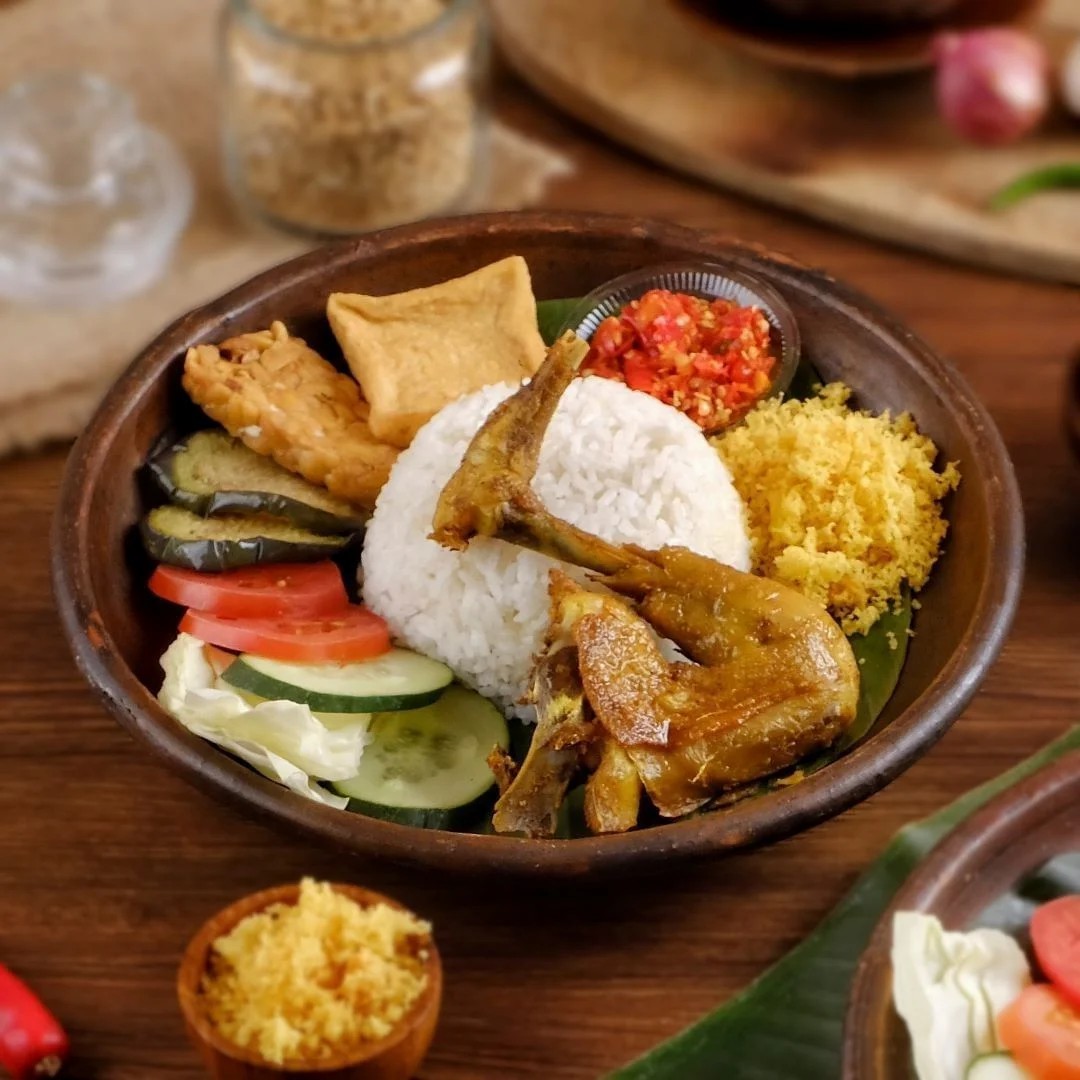
Nasi Madura
Nasi Madura consist of heap of rice and variety of side dishes. The side dishes mostly meat and sometimes quite extreme, you may find innards served on your plate. But worry-not, you can ask to have meat only, like beef or chicken or squid. Another thing you will find in your plate are shredded coconut, rice noodles, and sambal. Some vendors worth-trying: Nasi Cumi Jalan Waspada, Nasi Madura Bu Hamima, Sego Babat Cak Yasin
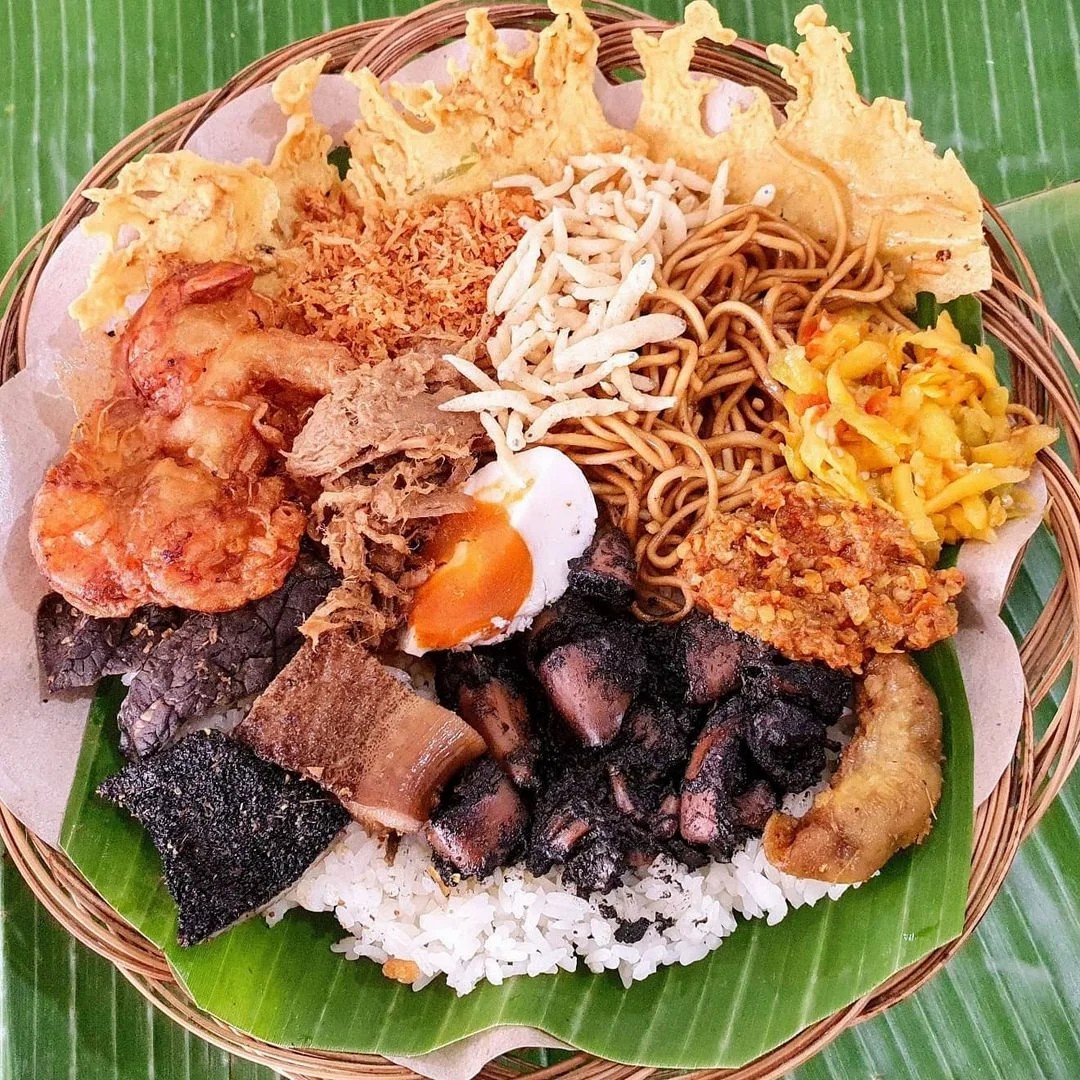
Nasi Krawu
Nasi Krawu is such the typical food from Gresik, East Java. The character of this kind of food is the fluffier white rice and usually served with Banana leaf instead of plate or often called as 'pincok'. The dish comes from veal cutlet or in Javanese called it shredded, meat stews, chili paste and serundeng. The shredded meat cooked with various spices, tasted sweet because they were given sugar. As for Serundeng (coconut grated with special spices in it), usually has two colors; yellow and orange, which derived from the turmeric when cooked. Nasi Krawu has a very special flavor, especially the side dishes. The shredded meat on Nasi Krawu has distinctive flavor, fleshy and tender. The Serundeng also has vary taste because processed in three flavors: savory, spicy and sweet. This side dishes make the menu rich in flavors. The sambal also adds its savory with spicy taste and terasi flavor that could make you feel always hungry. Then the fluffier rice is the perfect main dish for Krawu. Some vendors worth-trying: Nasi Krawu Buk Tiban, Nasi Krawu Mbuk Suh
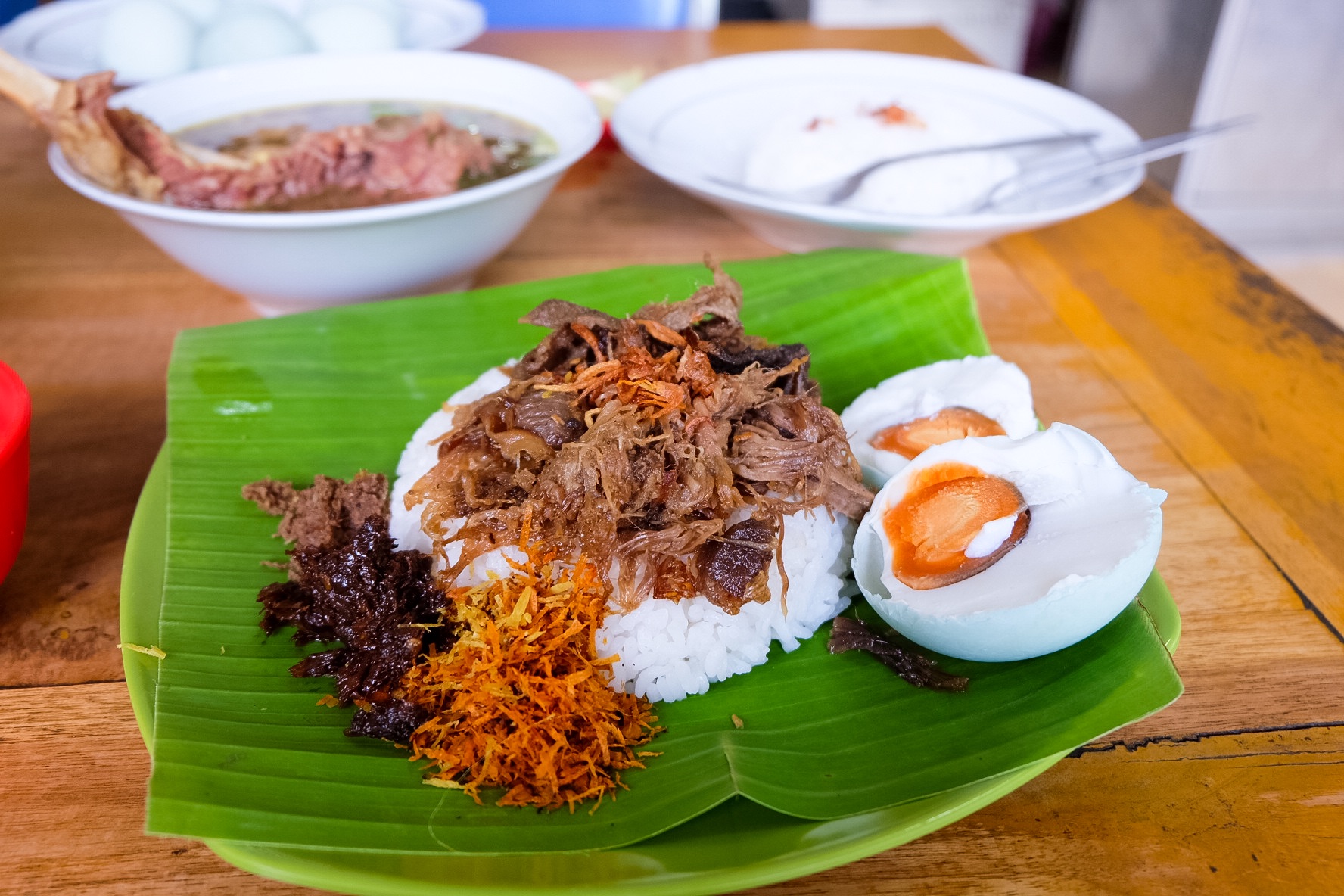
Soto Ayam Lamongan
As the name suggests, this traditional soto variety originated in Lamongan. Well, Lamongan itself refers to a regency in northern part of East Java. This dish is not exclusively Surabayan dish. It is mainly prepared with chicken cuts that are slowly simmered in broth, along with a spice paste that usually consists of lemongrass, coriander, caraways seeds, galangal, garlic, turmeric, and ginger. The chicken is then shredded, and the dish is typically served with noodles, cabbage, scallions, boiled eggs, prawn crackers, or other garnishes. Soto Lamongan can be served as a standard soup, but sometimes the main ingredients and the broth may be served in two separate bowls. The dish is typically accompanied by spicy sambal sauce and rice. Some vendors worth-trying: Soto Ayam Lamongan Cak Har, Soto Ayam Lamongan Cak Kan
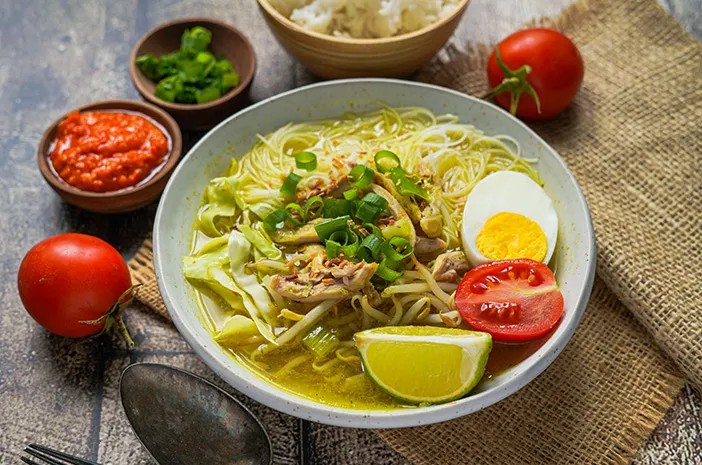
Source: halodoc.com
Bebek Goreng
Fried duck is an Indonesian delicacy that is prized for its crispiness as well as its tender, succulent meat. The duck is usually cut into pieces, boiled or steamed, and then deep-fried until crispy. Before it is fried, the pieces are generously coated in spices such as garlic, ginger, turmeric, galangal, or coriander. Bebek goreng is eaten throughout the country and is traditionally accompanied by rice, fresh vegetables such as cucumber or cabbage, and the spicy sambal served on the side. Some restaurant worth-trying: Bebek Sinjay, Bebek Palupi, Bebek Kayu Tangan
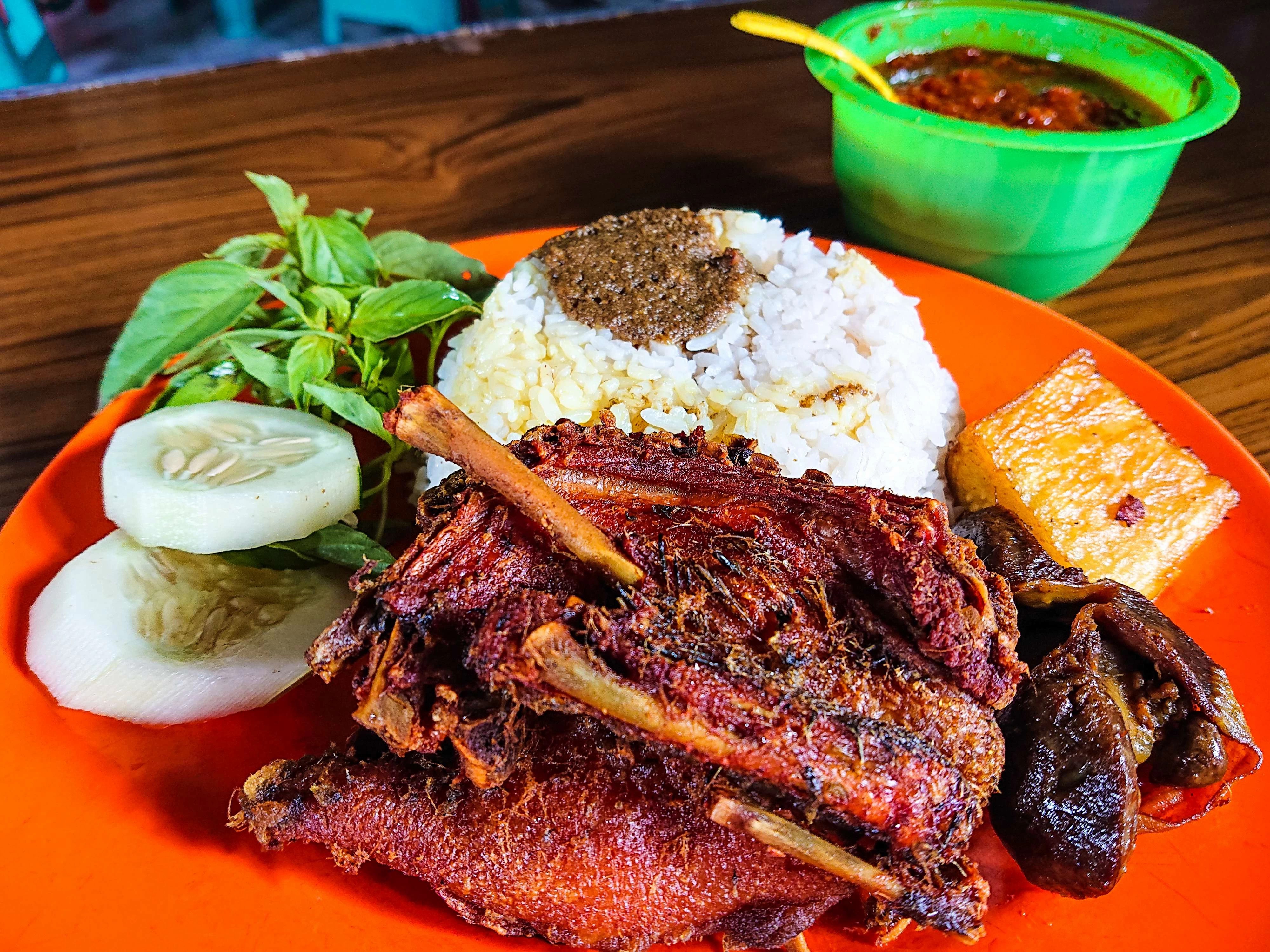
Nasi Kebuli
Nasi kebuli is an Indonesian variation of pilaf. It consists of rice cooked in goat meat broth, goat milk, and clarified butter (most often ghee). It is popular among the Arab community in Indonesia. Nasi kebuli was influenced by Arab culture and its origin can be traced to Middle eastern cuisine, especially Yemeni Arabian influence (Mandi rice) or Kabsa, Indian cuisine influence (Biryani rice), and Afghan influence (Kabuli palaw). Some restaurant worth-trying: Depot Ampel
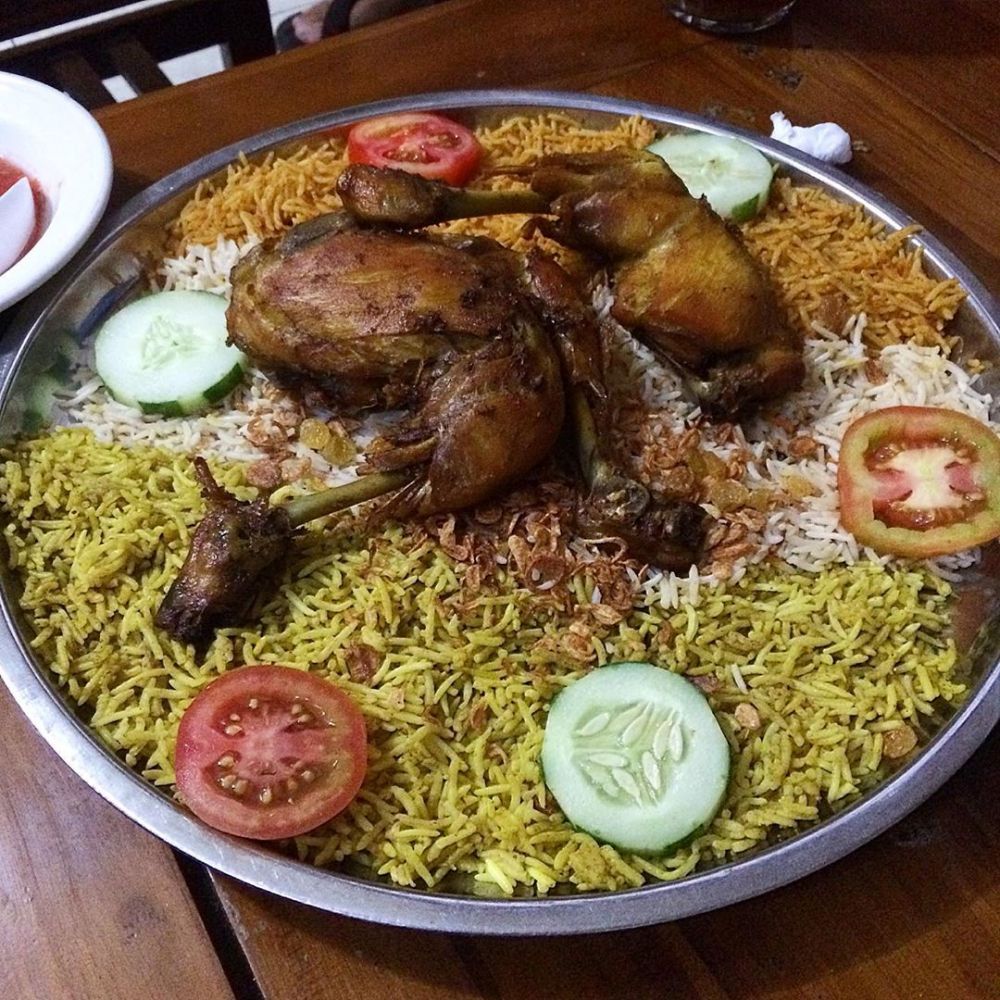
Mie Ayam
Mie ayam, mi ayam or bakmi ayam (Indonesian for 'chicken bakmi') is a common Indonesian dish of seasoned yellow wheat noodles topped with diced chicken meat (ayam). It especially common in Indonesia, Singapore and Malaysia, and can trace its origin to Chinese cuisine. In Indonesia, the dish is recognized as a popular Chinese Indonesian dish, served from simple travelling vendor carts frequenting residential areas, humble street-side warung to restaurants. Some vendors worth-trying: Mie Ayam Kedondong, Mie Ayam Tenda Biru, Mie Ayam & Bakso Pak Jan
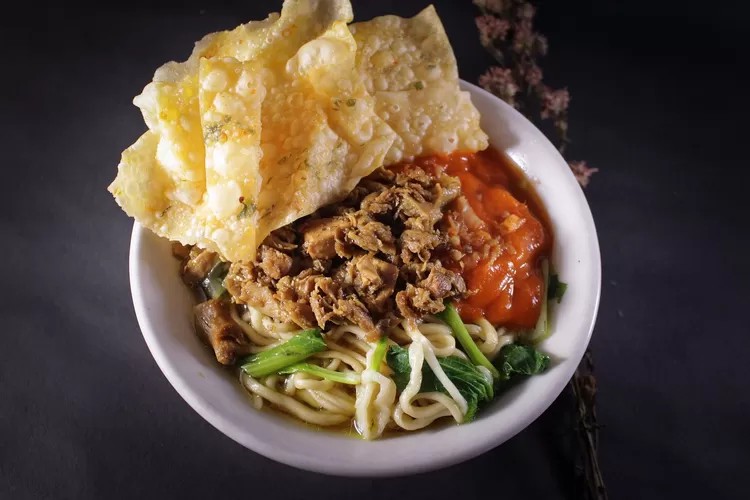
Source: jatimnetwork.com